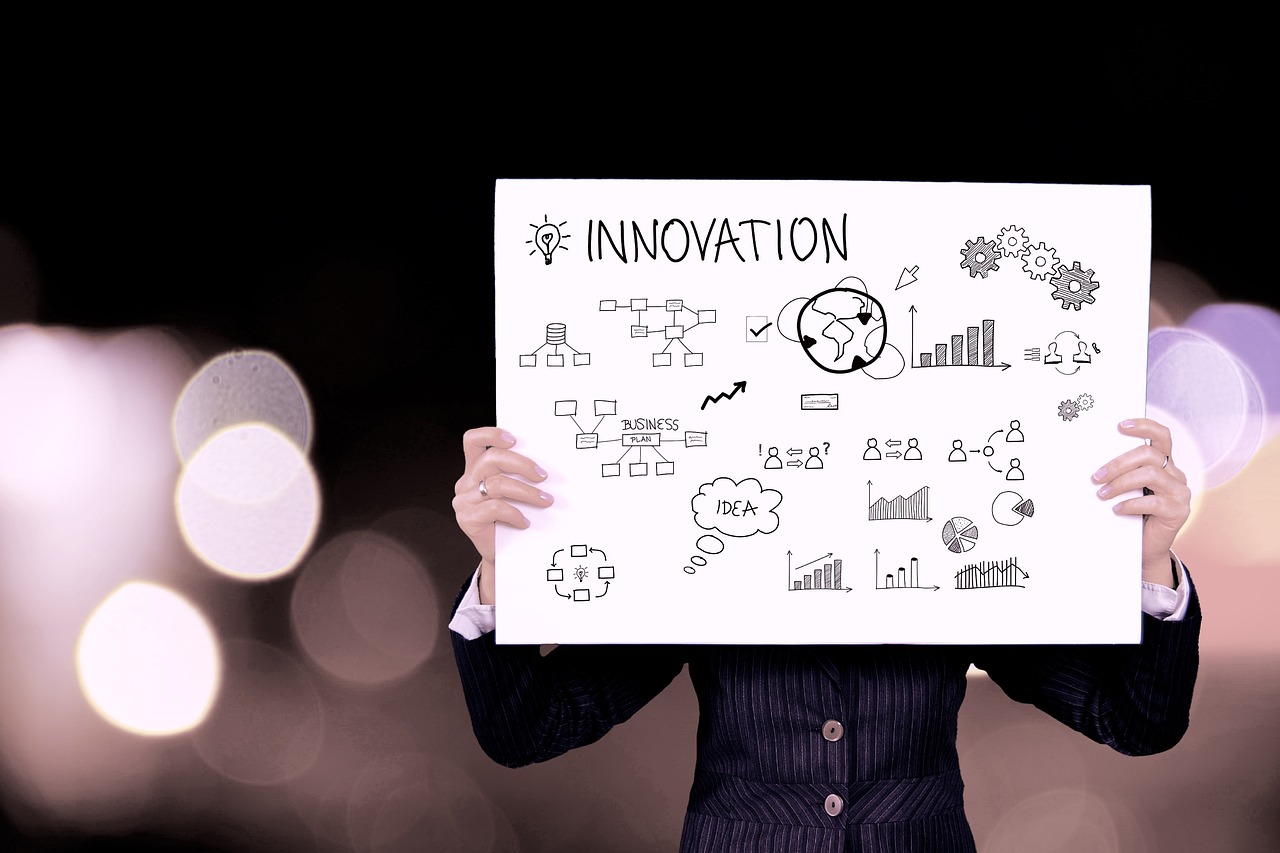Software: The Engine Driving the Modern World
In today’s digital age, software is more than just a tool; it’s the very foundation upon which our personal and professional lives are built. From the operating systems that power our computers to the apps on our smartphones, software solutions are integral to nearly every aspect of modern society. Understanding what software is, its different types, and its impact is crucial for navigating the technology-driven landscape of the 21st century. This blog post delves into the world of software, providing a comprehensive overview for anyone seeking to understand its intricacies.
What is Software?
At its core, software is a set of instructions or programs that tell a computer what to do. It’s the intangible component of a computer system, contrasting with the physical hardware. These instructions are written in programming languages and translated into machine code that the computer’s processor can understand and execute. Simply put, software enables us to interact with and control hardware, performing various tasks from simple calculations to complex data analysis.
Software vs. Hardware
The distinction between software and hardware is fundamental to understanding how computers work.
- Hardware: The physical components of a computer system, such as the CPU, memory, hard drive, and monitor.
- Software: The intangible instructions and data that tell the hardware what to do.
They work together; hardware provides the physical platform, and software provides the instructions for that platform to operate. Without software, hardware is essentially useless. Think of a music player – the hardware is the device itself, and the software is the app or code that allows you to play music files.
How Software Works: From Code to Execution
The journey from a programmer’s code to a computer executing those instructions involves several steps:
This process allows software to perform the desired tasks, whether it’s displaying a web page, processing a document, or controlling a robotic arm.
Types of Software
Software encompasses a wide range of categories, each designed for specific purposes. Understanding these categories is crucial for choosing the right software for your needs.
System Software
System software is the backbone of a computer system, providing the infrastructure for applications to run.
- Operating Systems (OS): Examples include Windows, macOS, Linux, Android, and iOS. The OS manages hardware resources, provides a user interface, and allows applications to interact with the system.
Example: Windows is the most popular desktop OS, while Android dominates the mobile market.
- Device Drivers: These allow the OS to communicate with specific hardware devices, like printers, graphics cards, and network adapters.
- Utilities: These perform specific tasks such as disk defragmentation, virus scanning, and file management.
Application Software
Application software, often called “apps,” is designed for end-users to perform specific tasks.
- Productivity Software: Tools like Microsoft Office (Word, Excel, PowerPoint), Google Workspace (Docs, Sheets, Slides), and project management software.
Example: A small business might use QuickBooks for accounting and Zoho CRM for customer relationship management.
- Creative Software: Programs for graphic design, video editing, and music production, such as Adobe Photoshop, Adobe Premiere Pro, and Ableton Live.
- Entertainment Software: Games, streaming services (Netflix, Spotify), and other forms of digital entertainment.
- Enterprise Software: Solutions designed for large organizations, including ERP (Enterprise Resource Planning) systems, CRM (Customer Relationship Management) systems, and SCM (Supply Chain Management) systems.
Programming Software
This category includes tools that developers use to create, test, and debug other software.
- Compilers: Translate high-level code into machine code.
- Interpreters: Execute code line by line.
- Integrated Development Environments (IDEs): Provide a comprehensive environment for coding, including code editors, debuggers, and build automation tools. Examples include Visual Studio, Eclipse, and IntelliJ IDEA.
- Debuggers: Used to identify and fix errors in code.
Software Development Lifecycle (SDLC)
The SDLC is a structured process for developing software, ensuring that projects are completed efficiently and effectively.
Key Stages of the SDLC
- Planning: Defining the scope, objectives, and requirements of the software project.
- Analysis: Gathering and documenting detailed requirements from stakeholders.
- Design: Creating a blueprint for the software, including architecture, data structures, and user interfaces.
- Implementation: Writing the actual code based on the design specifications.
- Testing: Verifying that the software meets the requirements and works as expected.
- Deployment: Releasing the software to users.
- Maintenance: Providing ongoing support, bug fixes, and updates.
Common SDLC Models
- Waterfall: A linear, sequential approach where each phase must be completed before moving on to the next.
- Agile: An iterative and incremental approach that emphasizes flexibility and collaboration. Agile methodologies like Scrum and Kanban are widely used today.
- DevOps: Focuses on collaboration between development and operations teams to automate and streamline the software delivery process.
The Impact of Software on Industries
Software has revolutionized virtually every industry, transforming how businesses operate and how people live.
Healthcare
- Electronic Health Records (EHRs) improve patient care and reduce medical errors.
- Telemedicine allows remote consultations and monitoring.
- AI-powered diagnostic tools assist doctors in making accurate diagnoses.
Finance
- Online banking and mobile payment apps provide convenient financial services.
- Algorithmic trading automates investment decisions.
- Fraud detection software helps prevent financial crimes.
Education
- Online learning platforms and educational apps enhance learning experiences.
- Learning Management Systems (LMS) facilitate course management and delivery.
- Interactive simulations and virtual reality create immersive learning environments.
Manufacturing
- Computer-Aided Design (CAD) and Computer-Aided Manufacturing (CAM) software streamline the design and production processes.
- Robotics and automation improve efficiency and reduce costs.
- Supply chain management software optimizes inventory and logistics.
Conclusion
Software is the lifeblood of the modern digital world. Its various types and applications impact every aspect of our lives, from how we communicate and work to how we entertain ourselves and access information. Understanding the basics of software, the development process, and its influence on different industries is essential for anyone navigating the complexities of the 21st century. As technology continues to evolve, software will undoubtedly play an even greater role in shaping our future.
Read our previous article: Workflow Alchemy: Transmuting Chaos Into Digital Gold




